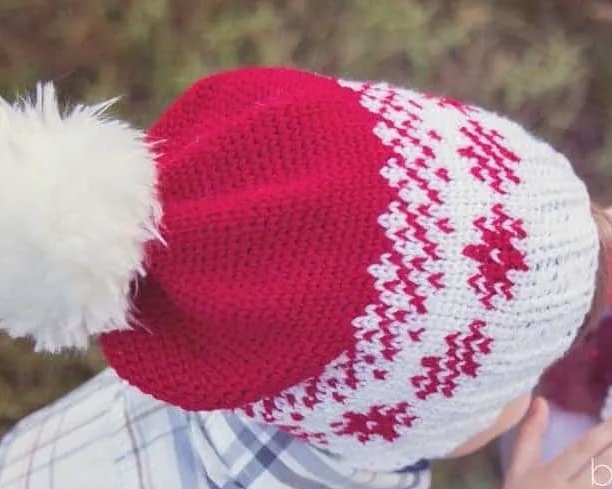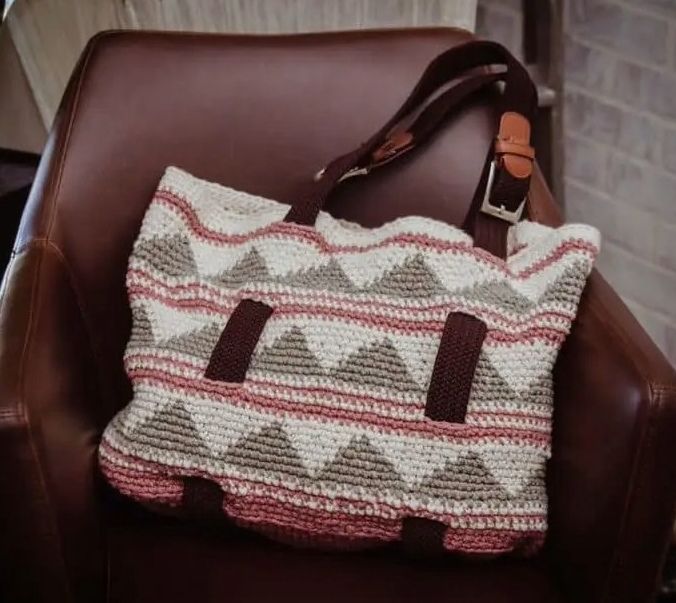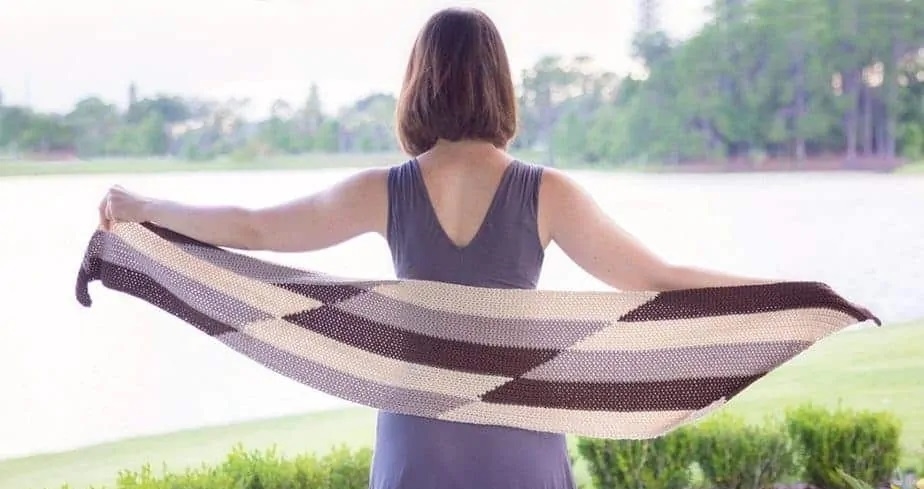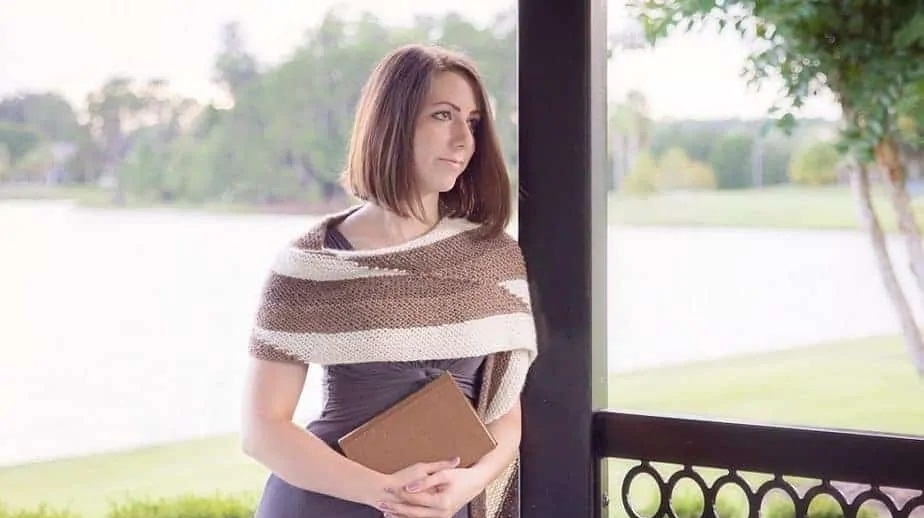What is Fair Isle Crochet Colorwork?
This technique originates from a tiny island just north of Scotland and is included in the Shetland Islands. This island, and yes it’s called Fair Isle, is known for this traditional style of colorwork.
This technique is most commonly used in the round, in items such as sweaters, hats, and socks. Usually, there are no more than 3 to 4 stitches in the same color.
The patterns are built out of alternating colors in the stitches. Often the color strands are carried along the back of the work when not in use. By carrying the yarn on the back of your work it creates a fabric with a flexible drape. It can be less stiff than other crochet colorwork techniques.


What is Tapestry Crochet Colorwork?
This technique works multiple colors in one row or round, but there is less of a need to weave in ends. The yarn colors not in use are worked over by the current color and they will sit within the stitches being worked.
The colors will not be fastened off after each color change. While this method may sound complicated, it’s actually quite simplistic. It’s a great way to create graphic designs and pictures.
The Tapestry Crochet Colorwork method is used on patterns like the crochet Sheep Bag or the Alp Tote Bag.


What is Intarsia Crochet Colorwork?
This method is used when working blocks of color together and can be reversible. Individual balls or sections of yarns are used and kept in each section.
Bobbins are very handy for this type of crochet colorwork. Each color is worked across an area and then that color is dropped as the next color is picked up.
The Intarsia Crochet technique will not be as limited to single crochet as other methods tend to be. Here are a couple of examples of Intarsia in crochet and knit with the Parallel Wrap. It’s a fantastic method for geometric shapes.


